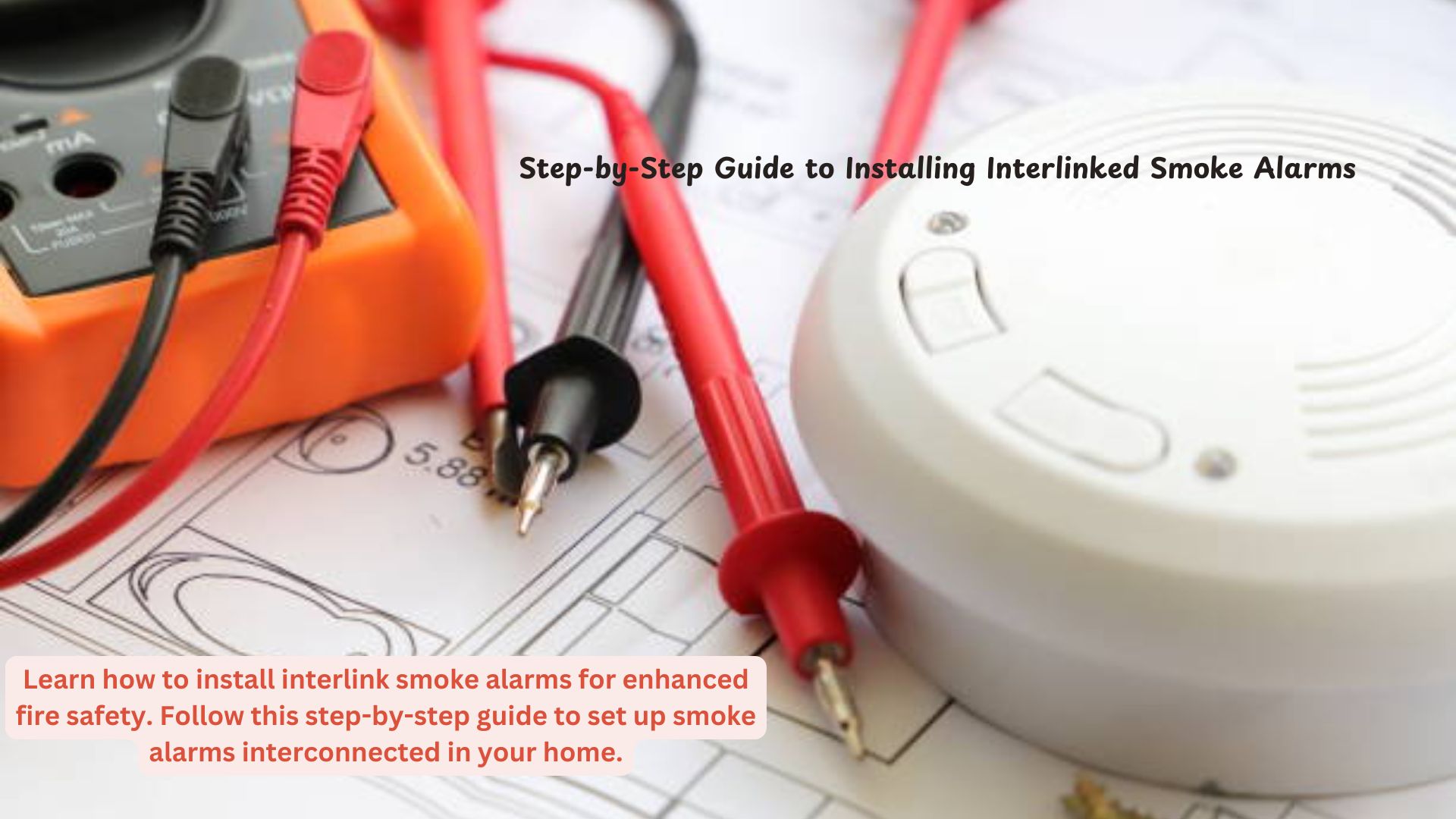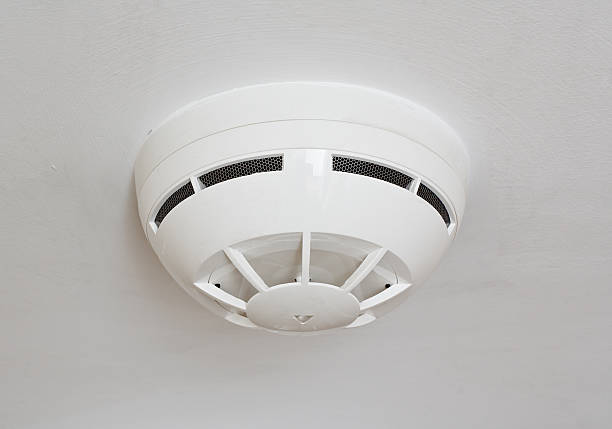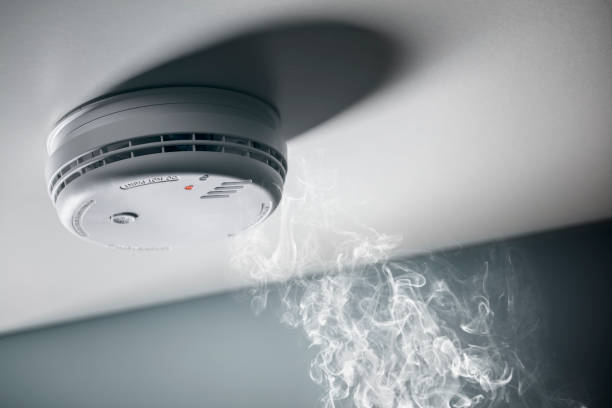
Smoke alarms are essential for home safety, and using interconnected smoke alarms ensures enhanced protection by triggering all units when one detects smoke. Installing an interlink smoke alarm system is a proactive approach to fire safety, providing early warnings to everyone in the household. This guide details the process of installing smoke alarms interconnected for maximum security and efficiency.
Understanding Interconnected Smoke Alarms
An interlink smoke alarm is designed to communicate with multiple smoke detectors within a property. When one alarm senses smoke, it sends a signal to activate all connected alarms. This setup is particularly beneficial in larger homes where a single alarm may not be sufficient to alert all occupants in case of fire. Smoke alarms interconnected can be wired or wireless, depending on the model and home requirements.
Preparing for Installation
Before starting the installation, ensure you have all necessary components, including the interlink smoke alarm units, mounting brackets, screws, a drill, a ladder, and batteries (if applicable). Choose suitable locations for each unit to maximize safety and efficiency.
Choosing the Right Placement
To ensure optimal performance, follow these placement guidelines:
- Install interconnected smoke alarms on every level of the home, including basements and attics.
- Place alarms inside each bedroom and outside sleeping areas.
- Position alarms on ceilings or high on walls, as smoke rises quickly.
- Keep them at least 10 feet away from cooking appliances to avoid false alarms.
- Avoid areas near windows, doors, or vents where airflow may hinder smoke detection.

Step 1: Powering the Interlink Smoke Alarm
Depending on the type of smoke alarms interconnected, they may be battery-powered or hardwired into the home’s electrical system. If using hardwired models, ensure the power is turned off at the circuit breaker before starting the installation.
- For battery-operated alarms, insert the batteries and test the unit before mounting.
- For hardwired alarms, connect the power wires to the designated terminals, ensuring a secure connection.
Step 2: Mounting the Interconnected Smoke Alarms
Once powered, proceed with mounting:
- Mark the installation spot on the ceiling or wall.
- Use a drill to create holes for mounting screws.
- Secure the mounting bracket using the provided screws.
- Attach the interlink smoke alarm to the bracket by twisting or snapping it into place.
- Ensure the unit is firmly positioned and not loose.
Step 3: Connecting Smoke Alarms Interconnected
For an effective interconnected smoke alarms system, all units must be synchronized:
- For wireless models, follow the manufacturer’s instructions to pair each unit. This usually involves pressing a pairing button to establish communication between alarms.
- For hardwired systems, connect the interlink wires according to the wiring diagram provided. Ensure all connections are secure before restoring power.
Step 4: Testing the System
After installation, testing is essential to verify the functionality of the interlink smoke alarm network.
- Press and hold the test button on one unit.
- Listen for the alarm sound and ensure all interconnected units activate simultaneously.
- If any alarm does not respond, check the wiring or wireless connection and repeat the process.
- Conduct routine tests monthly to maintain efficiency.
Step 5: Maintenance and Troubleshooting
Regular maintenance ensures longevity and reliability of the smoke alarms interconnected system:
- Replace batteries at least once a year, or as recommended by the manufacturer.
- Clean units periodically to prevent dust buildup that may affect sensitivity.
- Check for any error signals or beeping sounds indicating battery replacement or system issues.
- If a unit consistently malfunctions, replace it immediately to maintain the integrity of the alarm system.

Benefits of Installing Interconnected Smoke Alarms
- Enhanced Safety: With all alarms activating together, the warning is loud and widespread, ensuring a quick response to fire hazards.
- Comprehensive Coverage: Multiple alarms provide protection across different areas, reducing blind spots.
- Peace of Mind: Knowing that your interlink smoke alarm system is fully functional gives confidence in home safety.
- Easy Maintenance: Most modern smoke alarms interconnected systems have low maintenance requirements, needing only occasional battery changes and testing.
- Compliance with Safety Regulations: Many building codes now require the use of interconnected smoke alarms for residential properties, ensuring compliance with fire safety standards.
Conclusion
Installing an interlink smoke alarm system is a crucial step in safeguarding a home against fire hazards. By ensuring proper placement, connection, and maintenance, homeowners can significantly enhance their protection. Regular testing and upkeep of the smoke alarms interconnected will ensure a reliable early warning system, providing vital seconds to respond in emergencies. Taking the time to correctly install and maintain these alarms is an investment in safety and peace of mind for every household.